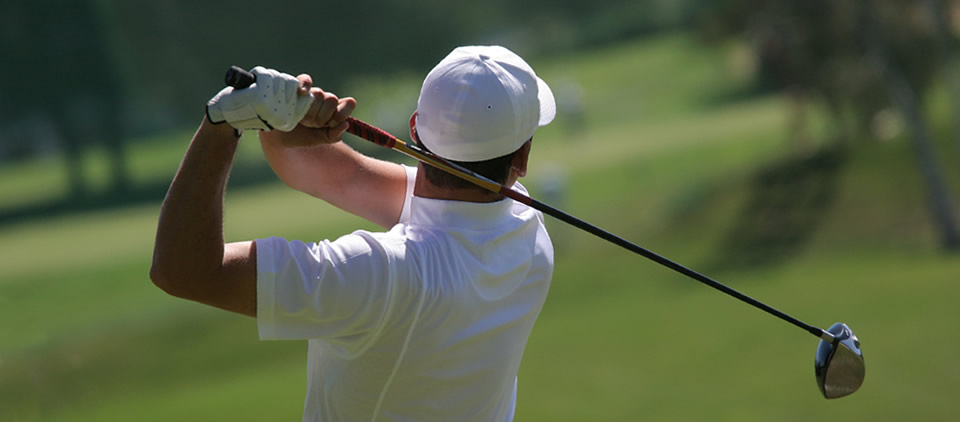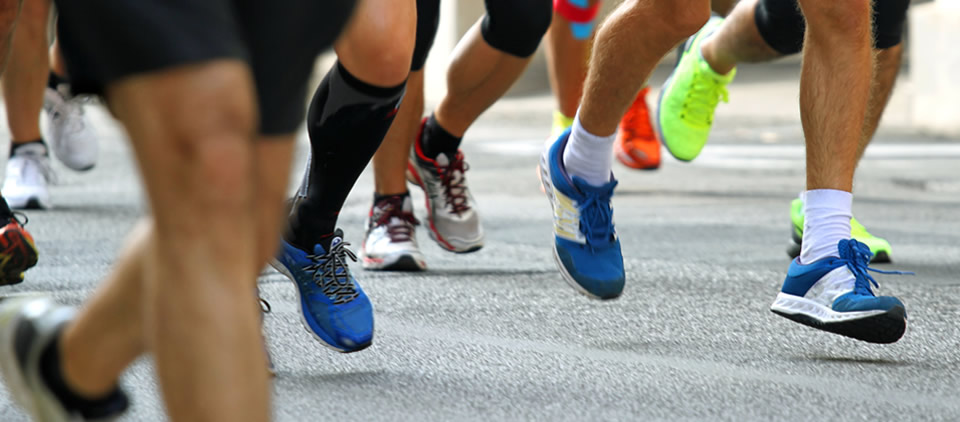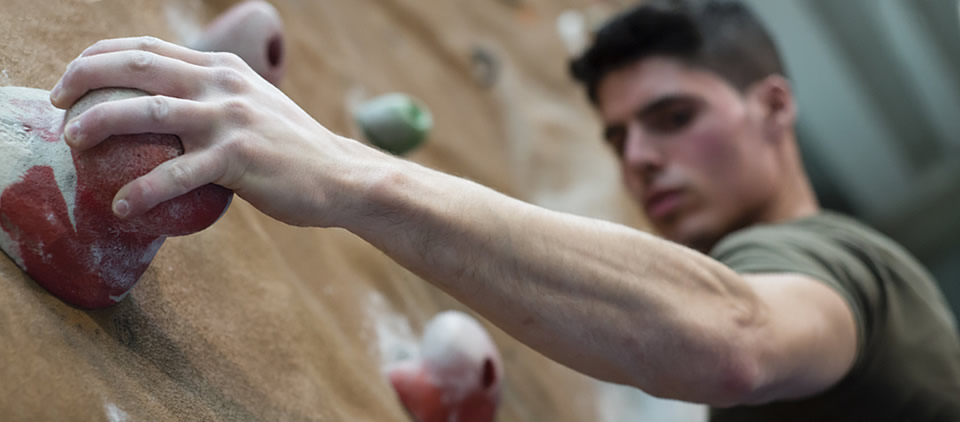Knee
The knee is a complex joint consisting of three compartments (medial tibiofemoral, lateral tibiofemoral and patellofemoral).
The knee joint is stabilised by:
- The anterior cruciate ligament (ACL) and the posterior cruciate ligament (PCL) which are in the centre of the knee
- The medial collateral ligament MCL) and the lateral collateral ligament (LCL)
- The posterolateral corner structures and the posterior medial oblique ligaments
The knee contains cartilage which acts as a shock absorber to protect the bone surfaces of the femur (thigh bone), tibia (shin bone) and patella (kneecap) that form the knee joint from excess stress.
Articular cartilage is made of type 2 collagen and lies over the joint surfaces of the femur, tibia and patella.
The knee contains the medial meniscus and the lateral meniscus which are C-shaped discs of collagen that act to provide additional cushioning in the medial and lateral compartments of the knee respectively.
Knee movements are initiated, maintained and controlled by a group of primary large muscle groups and secondary accessory muscle groups.
It is very important that the muscles are well conditioned, balanced and co-ordinated to optimise the performance of the knee and prevent injury.
The quadricep muscles produce extension of the knee. The hamstring muscles produce flexion of the knee. The iliotibial band acts as an accessory muscle to flex and extend the knee. The popliteus muscle acts in controlling rotation of the knee.
Weakness of these muscles, overuse or overtraining and tears of these muscles can lead to instability, knee pain, inflammation, tendinopathy and loss of function.
Thus treatment of the knee must take into account knowledge and appreciation of the numerous structures both inside and outside of the knee and how they function together in order to plan the most appropriate and best treatment.
At OTL we strive to provide a multidisciplinary approach to the management of your knee condition with the aim of providing the best outcomes.


